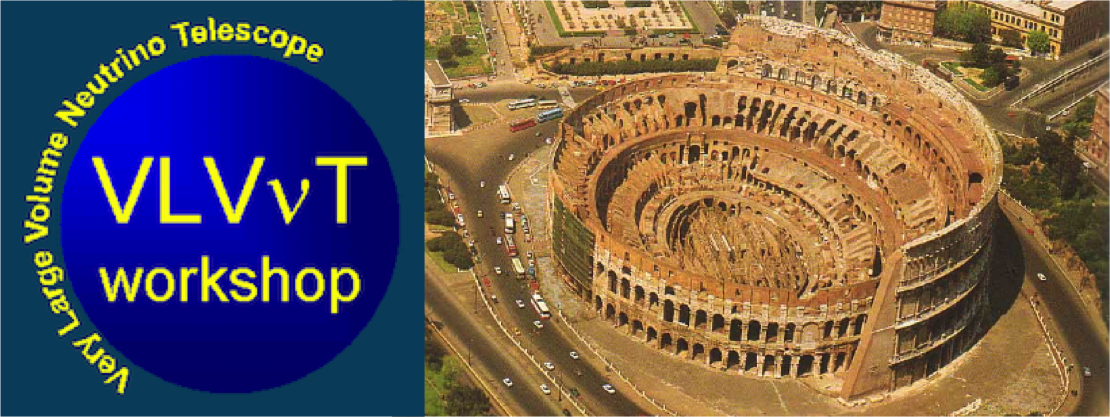Conveners
Parallel Session D: Physics Results - 1
- rosa coniglione (INFN)
- Chad Finley
Parallel Session D: Physics Results - 2
- Chad Finley
- rosa coniglione (INFN)
Mr
Stefan Coenders
(Technische Universität München)
15/09/2015, 11:20
The IceCube Neutrino Observatory located at the geographic South Pole was designed
to study and discover high energy neutrinos coming from both galactic and
extragalactic astrophysical sources. Track-like events induced by charged-current
muon-neutrino interactions close to the IceCube detector give an angular resolution
better than 1° above TeV energies.
We present here the results of...
Sebastian Euler
(Uppsala University)
15/09/2015, 11:40
Due to the overwhelming background of atmospheric muons, traditional IceCube point source searches in the Southern Hemisphere are sensitive only at neutrino energies above 100 TeV. We will report on a new approach, which focuses on events starting inside the instrumented volume of the IceCube detector. By utilizing different veto techniques we are able to significantly reduce the energy...
Mr
Barrios-Martí Javier
(IFIC (CSIC-UV))
15/09/2015, 12:20
A search for cosmic neutrino point-like sources using the ANTARES and IceCube neutrino telescopes over the Southern Hemisphere is presented. The ANTARES data was collected between January 2007 and December 2012, whereas the IceCube data ranges from April 2008 to May 2011. Clusters of muon neutrinos over the diffusely distributed background have been looked for by means of an unbinned maximum...
Antoine David Kouchner
(Universite de Paris VII (FR)),
Bruny Baret
(CNRS)
15/09/2015, 12:40
No transient or steady significant signal having been found so far from individual source, we investigate potential collective effects in the spacial or temporal domains in Antares data samples.
On the one hand, we use a two point correlation analysis to look for inhomogeneities in the arrival directions of the high energy muon neutrino candidates detected by the ANTARES neutrino telescope....
Antonio Marinelli
(Institute of Physics, Pisa)
15/09/2015, 14:00
The IceCube collaboration recently released the results of an updated measurement of the astrophysical neutrino flux based on four years of observation. The origin of this emission is still unknown due to the large uncertainties related to the poor angular resolution of shower-like events. While the present results are consistent with a isotropic flux a recent maximum-likelihood analysis of...
Luigi Antonio Fusco
(University of Bologna)
15/09/2015, 14:20
The existence of cosmic neutrinos has been reported by the IceCube Collaboration. Though this measurement is consistent with an isotropic neutrino flux, a sub-dominant galactic component coming from extended region such as the Galactic Plane/Ridge cannot be excluded.
The ANTARES detector, located in the Mediterranean Sea, is currently the largest and longest operated under-water neutrino...
Luigi Antonio Fusco
(University of Bologna)
15/09/2015, 15:00
The KM3NeT Collaboration has started the construction of a research infrastructure hosting a network of underwater neutrino observatories in the Mediterranean Sea. Two telescopes based on the same technology are being built: KM3NeT/ORCA to measure the neutrino mass hierarchy and to study atmospheric neutrino oscillations and KM3NeT/ARCA to detect high-energy cosmic neutrinos both in diffuse...
Javier Gonzalez
(Bartol Research Institute, Univ Delaware)
15/09/2015, 15:20
Motivated by the discovery of high-energy astrophysical neutrinos with IceCube, we study the prospects for improved measurements of neutrinos of astrophysical origin with a surface detector array combined with IceCube or a next generation neutrino detector at the South Pole. The background in astrophysical neutrino searches is reduced by tagging muons and neutrinos of atmospheric origin...
